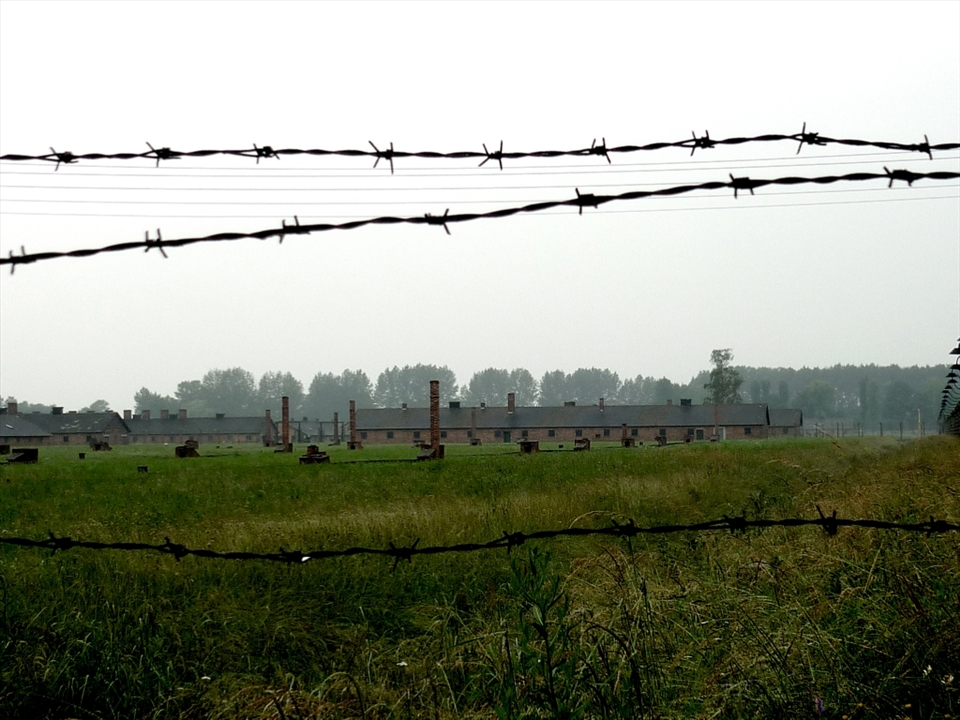
POLAND | Wednesday, 3 July 2013 | Views [929] | View Smaller Image
Auschwitz-Birkenau Camp II, Oświęcim, Poland.
How do we represent death and absence? Is it even possible? Should we try or resign ourselves to our inability to photograph what is no longer here? Visiting the camps in Poland stirred up contradictory feelings in me. The fact that none of my family had perished in the camps made me feel like an intruder there, on the other hand though, I also felt a duty to bear witness. My position behind the barbed wire represents my attempt at bearing witness to the Holocaust while acknowledging my position as an outsider.
It is not easy to document the lives of people; it is even harder to document their absence. This is a (hi)story of absence that I tried to tell through this series.